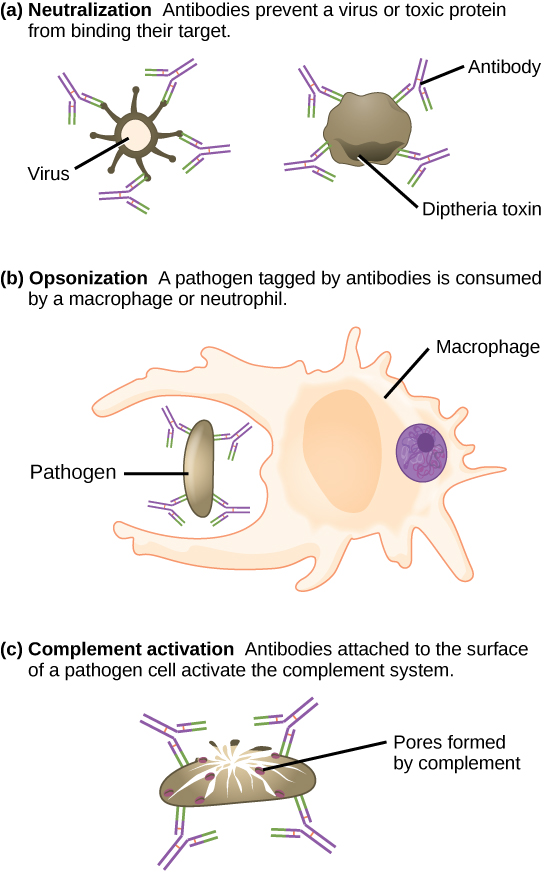plasmids function - Immunetics Immuno Diagnostic
Immunology is the study of the molecules, cells, and organs that make up the immune system. The role of the immune system is to recognize self antigens from foreign antigens and defend the body against foreign (foreign) agents. Through specific and non-specific defense mechanisms, the body's immune system can react to microbial pathogens and protect itself against disease. The first line of defense against infection is intact skin, mucous membrane surfaces, and secretions that prevent pathogens from entering the body.
When a foreign agent enters the first line of resistance, an immune reaction is triggered and immune cells are recruited at the site of infection to kill microorganisms and cells damaged by phagocytosis. If the inflammation continues to worsen, the antibody-mediated immune reaction is activated and different types of immune cells are activated to resolve the disease. The immune system is made up of cellular and humoral elements. The cellular component includes mast cells, neutrophils, macrophages, T and B lymphocytes, and plasma cells. The humoral component includes complement, lysozyme, interferon, antibodies, and cytokines. They all work cooperatively to remove immunogenic foreign substances from the body.
Immunocomplex: it is the complex formation of a specific antibody-antigen.

Immunoassays
To aid in the diagnosis of diseases caused by infectious microorganisms, immunoassays have been developed. These biochemical and serological techniques are based on the detection and quantification of antibodies generated against an infectious agent, a microbe, or a non-microbial antigen.
Because antibodies can be produced against any type of macromolecule, antibody-based techniques are useful for identifying molecules in solution or in cells. A blood sample is taken from the patient during the acute phase of the disease when antibody levels are high. The serum is then isolated and the antibody concentration is measured by various methods. Most tests are based on the formation of large immune complexes when an antibody binds to a specific antigen that can be detected in solution or on gels. Recent methods employ pure antibodies or antigens that have been immobilized on a platform and that can be measured using a reporter molecule. These methods provide high sensitivity and specificity and have become standard techniques in diagnostic immunology.
